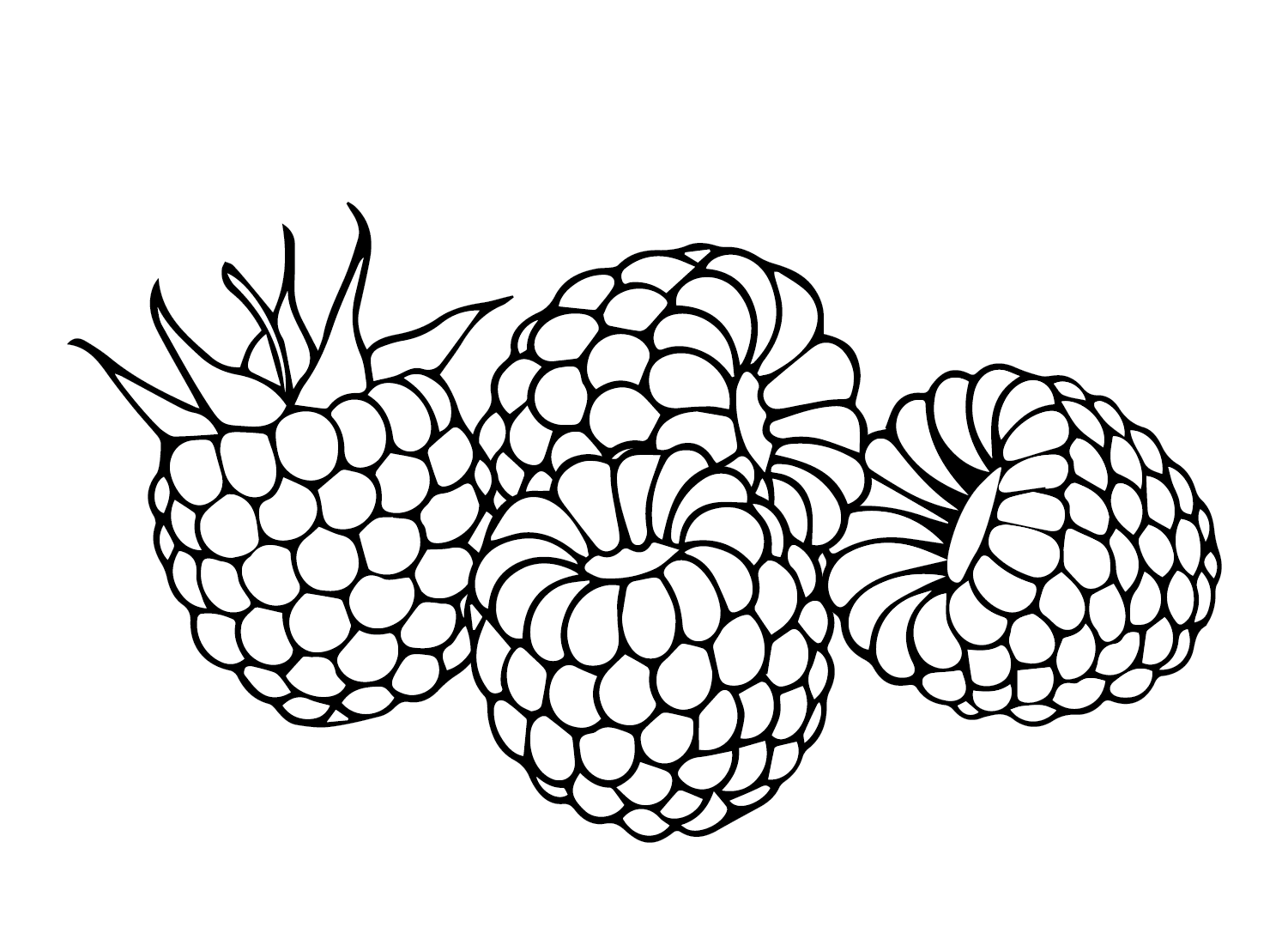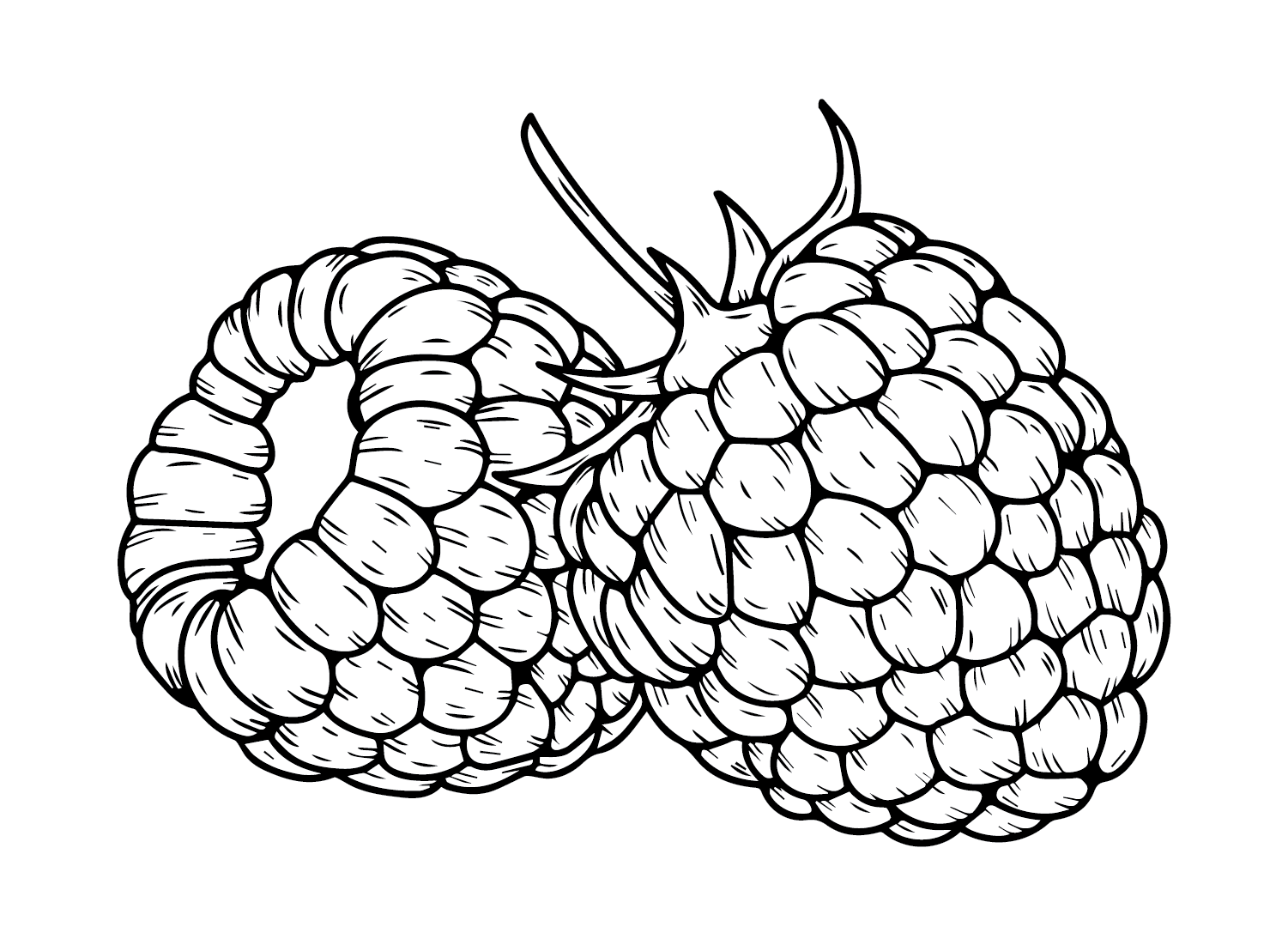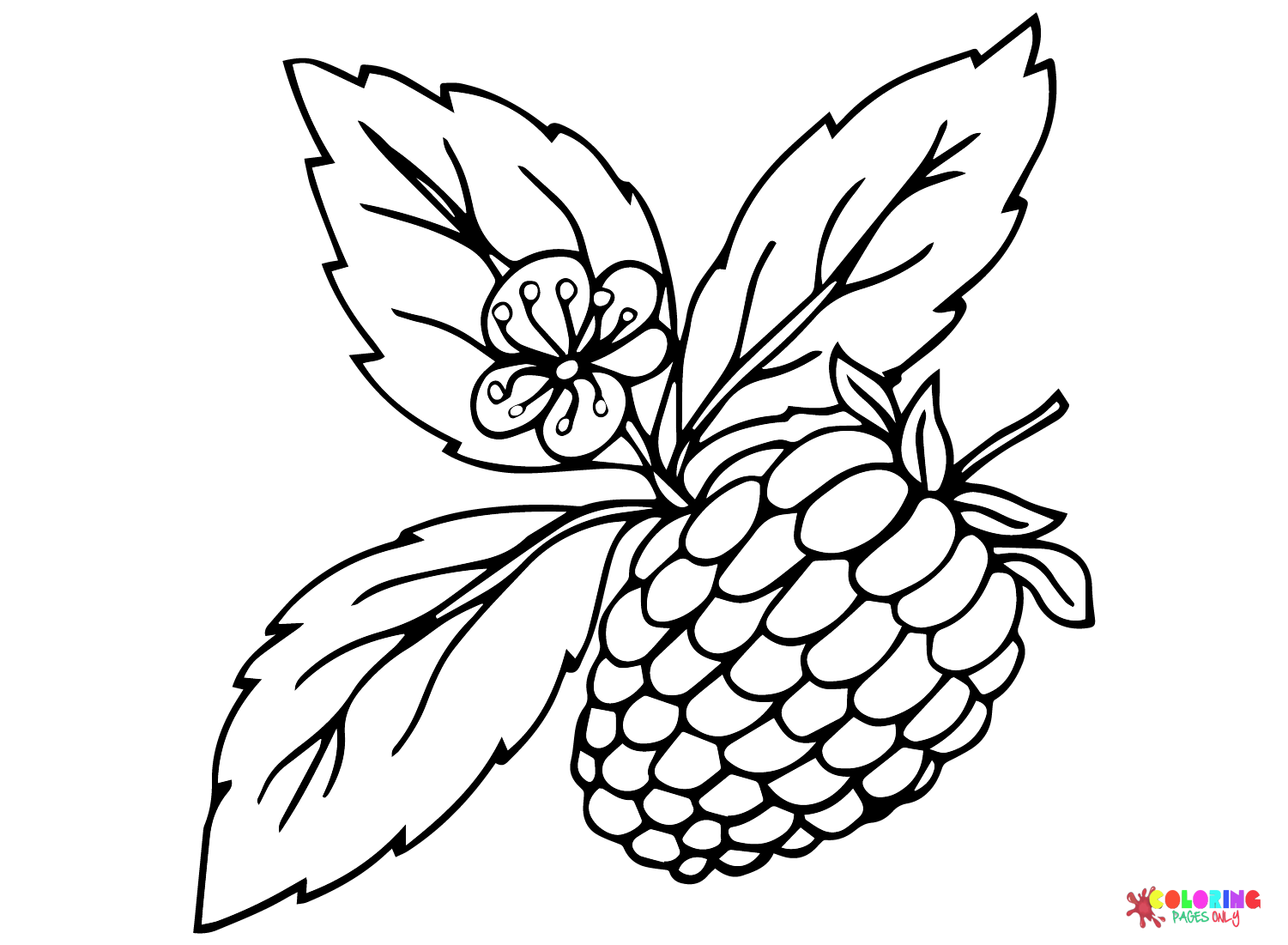RemoteIoT platforms have transformed how we interact with devices globally, especially with the rise of Raspberry Pi as an accessible tool for developers. Whether you're a hobbyist or a professional, integrating IoT solutions into your projects has never been easier. This article explores the best free platforms available for Raspberry Pi enthusiasts, offering a comprehensive guide to help you select the right solution for your needs.
The Internet of Things (IoT) is no longer just a buzzword but a fundamental aspect of modern technology. It connects devices, enabling them to communicate and share data seamlessly. With Raspberry Pi at the forefront, developers can create innovative projects ranging from smart home systems to industrial automation solutions.
This article aims to provide detailed insights into the best remote IoT platforms available for Raspberry Pi. By the end, you'll have a clear understanding of how to download and implement these platforms effectively, enhancing your IoT projects while keeping costs low.
Read also:Miss Piggy Chappell Roan The Iconic Muppet Star And Her Enduring Legacy
Table of Contents
- Introduction to RemoteIoT Platforms
- Overview of Raspberry Pi
- Benefits of Using RemoteIoT Platforms
- Top RemoteIoT Platforms for Raspberry Pi
- Step-by-Step Setup Guide
- Security Considerations
- Real-World Use Cases
- Comparison of Popular Platforms
- Cost Analysis
- Future Trends in RemoteIoT
Introduction to RemoteIoT Platforms
RemoteIoT platforms are designed to bridge the gap between physical devices and the digital world. These platforms allow users to control, monitor, and gather data from IoT devices remotely. For Raspberry Pi users, this means having the power to manage complex systems without being physically present.
Why Choose RemoteIoT Platforms?
With the increasing demand for smart solutions, remote IoT platforms offer flexibility and scalability. They enable developers to focus on creating innovative applications rather than worrying about the infrastructure. Here are some reasons why you should consider using these platforms:
- Enhanced connectivity options
- Robust data management capabilities
- Seamless integration with existing systems
- Cost-effective solutions for IoT projects
Overview of Raspberry Pi
Raspberry Pi is a single-board computer that has become a favorite among hobbyists and professionals alike. Its affordability and versatility make it an ideal platform for experimenting with IoT solutions. Whether you're building a smart home system or a weather station, Raspberry Pi provides the necessary tools to bring your ideas to life.
Key Features of Raspberry Pi
Raspberry Pi offers several features that make it stand out in the world of IoT:
- Compact size and lightweight design
- Multiple GPIO pins for connecting peripherals
- Support for various operating systems
- Extensive community support and resources
Benefits of Using RemoteIoT Platforms
Implementing remote IoT platforms with Raspberry Pi brings numerous advantages to your projects. From improved efficiency to enhanced security, these platforms provide the tools needed to succeed in the IoT landscape.
Efficiency Gains
By automating routine tasks and providing real-time monitoring, remote IoT platforms reduce the workload on developers. This allows for faster development cycles and more time to focus on innovation.
Read also:Blue Vs Purple Shampoo Which One Is Right For Your Hair
Enhanced Security
With the rise of cyber threats, security is a top priority for IoT projects. RemoteIoT platforms offer advanced encryption and authentication methods, ensuring that your devices remain secure from unauthorized access.
Top RemoteIoT Platforms for Raspberry Pi
Several remote IoT platforms cater specifically to Raspberry Pi users. Each platform has its strengths, making it essential to choose the right one for your project. Below are some of the top platforms available:
1. Node-RED
Node-RED is a flow-based programming tool that simplifies the creation of IoT applications. Its user-friendly interface and extensive library of nodes make it a popular choice for beginners and experts alike.
2. ThingsBoard
ThingsBoard is an open-source IoT platform that provides robust data visualization and analytics capabilities. It supports various protocols and integrates seamlessly with Raspberry Pi, making it an ideal choice for complex projects.
3. Cayenne
Cayenne offers an easy-to-use interface for building IoT applications without requiring extensive coding knowledge. Its drag-and-drop functionality allows users to create sophisticated projects with minimal effort.
Step-by-Step Setup Guide
Setting up a remote IoT platform on Raspberry Pi involves several steps. Below is a detailed guide to help you get started:
Step 1: Prepare Your Raspberry Pi
Ensure your Raspberry Pi is up-to-date and has the necessary software installed. Connect it to your network and verify the connection.
Step 2: Choose a Platform
Select the remote IoT platform that best suits your project requirements. Refer to the previous section for recommendations.
Step 3: Install and Configure
Follow the installation instructions provided by the platform's documentation. Configure the settings to align with your project goals.
Security Considerations
Securing your IoT devices is crucial to prevent unauthorized access and potential data breaches. Below are some best practices to enhance the security of your Raspberry Pi-based IoT projects:
- Use strong passwords and enable two-factor authentication
- Regularly update the operating system and software
- Implement firewalls and intrusion detection systems
- Encrypt sensitive data transmissions
Real-World Use Cases
RemoteIoT platforms have been successfully implemented in various industries. Here are some examples of how these platforms are being used:
Smart Agriculture
Farmers use IoT sensors connected to Raspberry Pi to monitor soil moisture levels, temperature, and humidity. This data helps optimize crop growth and reduce resource wastage.
Industrial Automation
Manufacturers leverage remote IoT platforms to monitor machinery performance and predict maintenance needs, reducing downtime and increasing efficiency.
Comparison of Popular Platforms
Selecting the right platform for your Raspberry Pi project can be challenging. Below is a comparison of popular remote IoT platforms:
| Platform | Key Features | Best For |
|---|---|---|
| Node-RED | Flow-based programming, extensive node library | Beginners and advanced users |
| ThingsBoard | Data visualization, analytics | Complex projects |
| Cayenne | Drag-and-drop interface, no coding required | Non-technical users |
Cost Analysis
Many remote IoT platforms offer free versions with limited features, making them accessible to hobbyists and small-scale projects. However, advanced features often require paid subscriptions. Below is a breakdown of costs:
- Node-RED: Free and open-source
- ThingsBoard: Free community edition, paid enterprise version
- Cayenne: Free tier with premium options
Future Trends in RemoteIoT
The future of remote IoT platforms looks promising, with advancements in AI, machine learning, and edge computing. These technologies will enhance the capabilities of IoT devices, enabling smarter and more autonomous systems. As Raspberry Pi continues to evolve, its integration with remote IoT platforms will become even more seamless.
Emerging Technologies
Some of the emerging technologies that will shape the future of remote IoT include:
- 5G networks for faster data transmission
- AI-driven analytics for predictive maintenance
- Blockchain for secure data transactions
Kesimpulan
In conclusion, remote IoT platforms have revolutionized the way we interact with devices, especially when combined with Raspberry Pi. By leveraging these platforms, developers can create innovative solutions that enhance efficiency, security, and scalability. Remember to choose the right platform for your project and follow best practices for secure implementation.
We invite you to share your thoughts and experiences in the comments section below. Feel free to explore other articles on our site for more insights into the world of IoT and Raspberry Pi. Together, let's build a smarter future!


